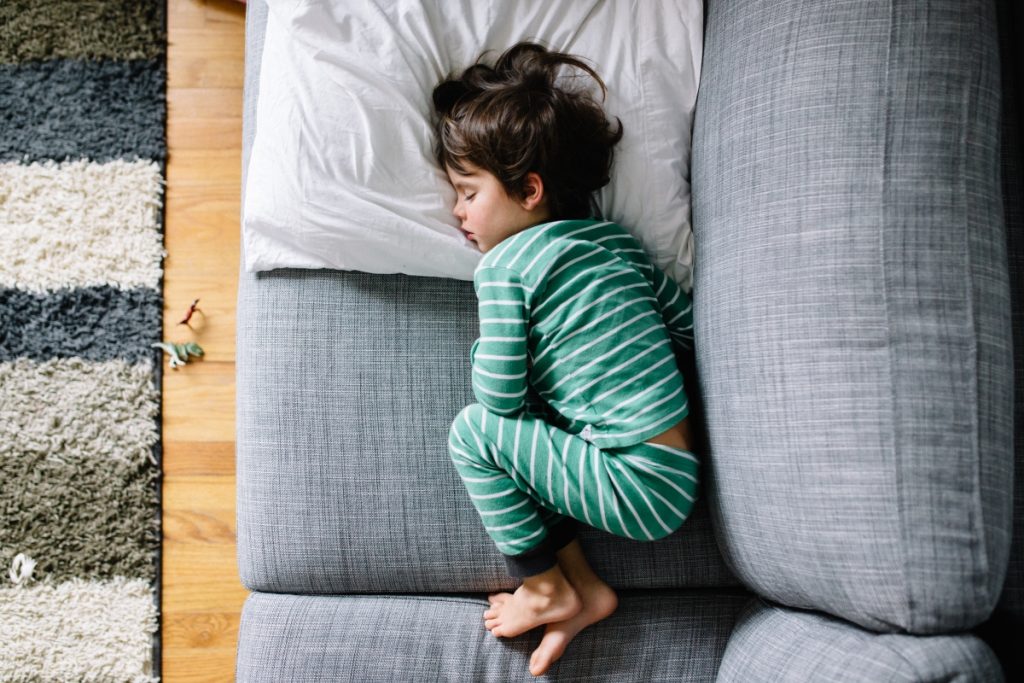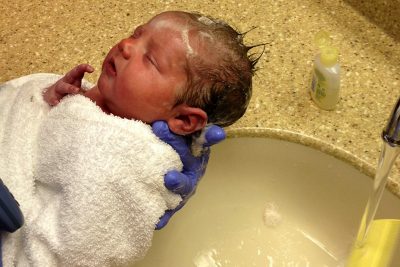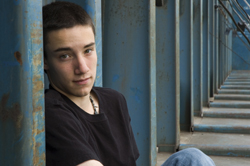My kid has “hand, foot and mouth disease?” Isn’t that something sheep and cows get??
Calm yourselves, parents. That’s “Hoof and Mouth Disease” and that IS only in farm animals, so your curious toddler didn’t catch something from the petting zoo’s friendly sheep.
Hand, Foot and Mouth Disease (HFM) or “Hand, Foot, Mouth and Butt” Disease, as I like to call it, is a common and very contagious viral illness. The viral culprit here is from the Enterovirus family and it loves to wreak havoc on our children in the summer and fall where we live. HFM primarily affects children under 5, especially our toddlers, and is only occasionally seen in older children and adults.
HFM = blisters. That’s the best way to remember it, and the most troublesome symptom for kids.
HFM may start with a fever, runny nose and general unwell feeling. Soon after, the characteristic blisters may appear and your child begins to complain about mouth pain and refuses to eat or drink.
Lesions can appear in one or all the following areas and they may be few or many in number:
- Painful, small red blisters in mouth (on tongue, roof of mouth and gums)
- Small blisters or red spots on palms, fingers, webs of fingers and toes, soles of feet and buttocks
How long do these “spots” last?
The mouth lesions generally resolve by a week and the body lesions can last up to 10 days.
If my child didn’t get this from the petting zoo, then how did he get it?
HFM is very contagious and most children will get the disease within 3-6 days of being exposed. The virus is found in the poop, saliva, mucous and blister fluid from an infected person. This is a hardy virus that can survive on toys and grocery carts for several days, so it’s easy to share.
Children are most contagious before symptoms and during the first week of the illness and they can shed the virus in their stool for weeks after they are well. For this and other reasons, children do not need to stay home from daycare or school as long as they are feeling well enough to be there, have no fever and have very few open blisters. As parents, we know that daycares may still ask you to keep your child home, so just follow your care center’s rules and your doctor’s advice on this one.
The most commonly occurring complication of HFM is dehydration. Kids who have mouth pain don’t want to eat or drink.
Here are some tips to reduce your little one’s pain and keep them hydrated:
- Give lots of cold fluids like milk and water, popsicles and ice cream
- Avoid anything salty, crunchy, spicy or acidic (chips, OJ, pizza)
- Use Tylenol or Motrin (over 6mos) for pain
- Talk to your doctor about “Magic Mouthwash” (Benadryl:Maalox:Nystatin) or use of an oral antacid solution for those pesky mouth sores
- Don’t’ forget lots of extra hugs and love (remember, adults rarely get HFM!)






Comments